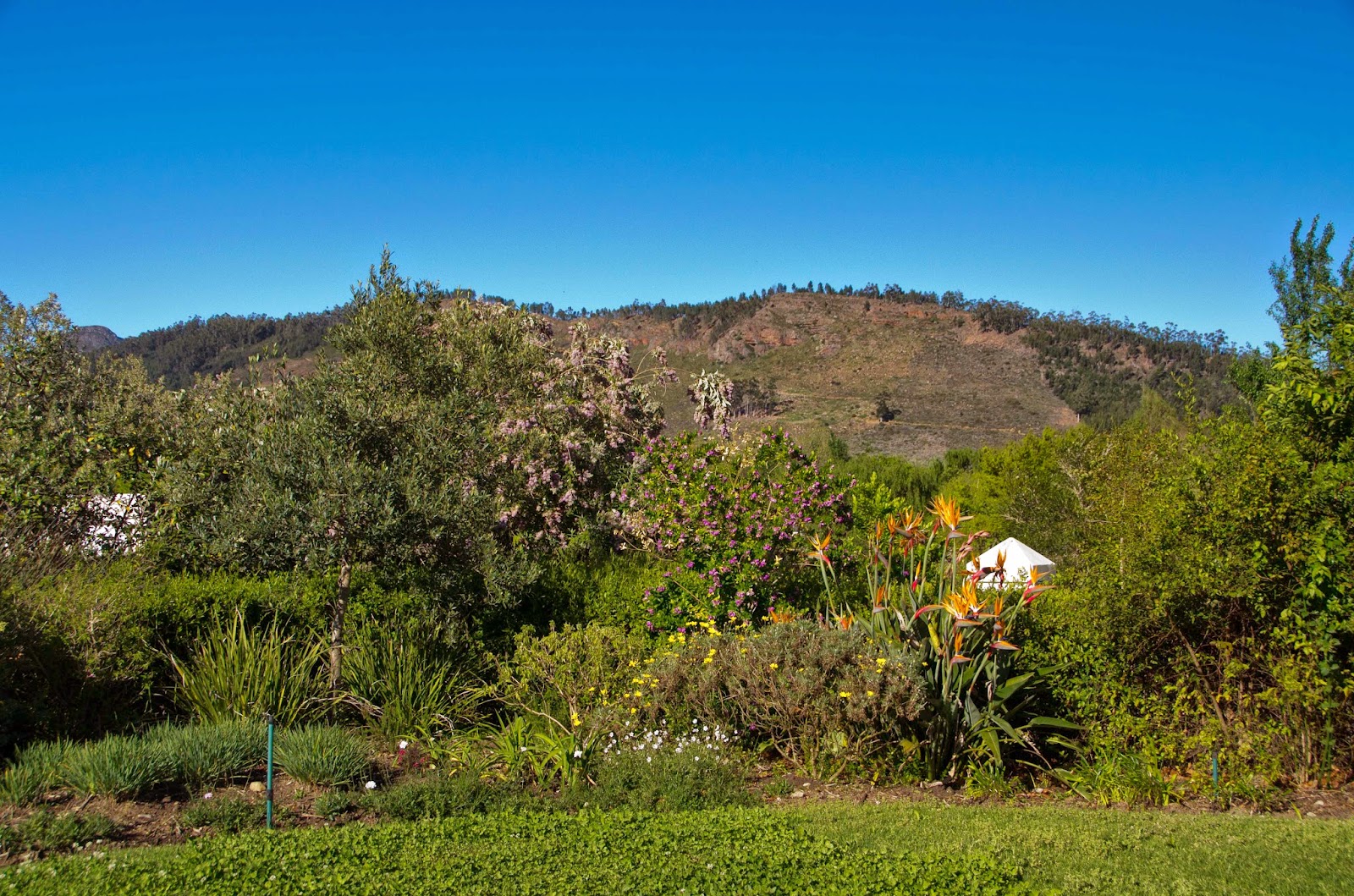The Apartheid
Museum's Genesis
The Apartheid Museum opened in Johannesburg in 2001 and is acknowledged as
the pre-eminent museum in the world dealing with 20th century South Africa, at
the heart of which is the apartheid story.
In 1995 the South African government set up a process for
the granting of casino licenses, establishing an agency to do this called the
Gambling Board. The bid documents stipulated that bidders should demonstrate
how they would attract tourism and thereby grow the economy and stimulate job
creation. A consortium, called Akani Egoli (Gold Reef City), put in a bid that
included the commitment to building a museum. Their bid was successful, the
Gold Reef City Casino was built and Gold Reef City spent approximately 80
million rand ($8 million) to build the museum. The upshot of this is that the
museum is next to a casino complex and an amusement park. Make of that what you
will.
Outside
The first thing visitors see as they approach the museum is
a Nelson Mandela quote, “To be free is not merely to cast off ones’ chains but
to live in a way that respects and enhances the freedom of others.” and seven pillars representing the values at
the heart of the new South African Constitution: democracy, equality,
reconciliation, diversity, responsibility, respect and freedom.
 |
| The seven pillars |
Then, to simulate the racial classification system under
apartheid, visitors are selected to be either white or black and forced to
enter a gate marked for that classification. One wonders why they did not set
up four gates instead of ignoring the coloured and Asian classifications. The
difference is that the pass cards you see as you walk down the aisle are either
white or black. The most amazing thing about the issuing of the cards is how unscientific it was. The boards assigning classifications had no training. Moreover, people were reclassified every year.
 |
| An actual identity card. Everyone had to carry them. |
Still outside, visitors pass stand-ups of people
representing the diversity of people who worked in the mines around Johannesburg
beginning in 1886. Each of these people is a descendent of someone who worked
the mines. Inside each person has a small display explaining the ancestor’s
role in the mines and the pictured individual’s role is today. The rocks on the right are to represent the miners' work.
Another interesting display outside is the reproductions of rock art. Notice in these pictures the modern elements representing the trekkers. Not all the rock art is ancient or pre-historic.
Inside
A temporary exhibit on Nelson Mandela is near the entrance.
We passed on examining it because we had seen it two years ago and wanted more
time to spend on the main exhibit. A new exhibit highlights the life of Ahmed
Mohammed Kathranda. Born in 1929 of Indian parents, Kathy, as he was known, was
one of the seven imprisoned with Nelson Mandela and sent to Robben Island in
1962. He quit school at age 17 to work against the “Ghetto Act” which gave
Indians limited representation and defined the areas where Indians could live,
trade, and own land. This would lead to the first of his many incarcerations.
His leadership in the Indian Congresses and other multi-racial organizations
led to his connections with the African National Congress (ANC) and Nelson
Mandela and his long imprisonment on Robben Island. Since the end of apartheid
he has served four years in the South African Parliament and continues to be a
leader in the fight to maintain a peaceful and progressive South Africa.
 |
| One of the real fears was that any mixing of races would degrade the white race. |
Pictures and some artifacts show the history of the
development and dismantlement of apartheid ending with a display for the
constitution. The symbols of South Africa’s new nationhood in the form of the
flag and the national anthem are displayed here. The core values of the
constitution are repeated on the walls of this space. In the center is a glass
structure which contains a pile of stones. Visitors are invited to take a stone
from the right and place it on a growing pile of stones on the left as a
commitment to fighting against racism and discrimination wherever they may
encounter it. This is the reason for the Apartheid Museum.
As we walked through the museum, we could not help but
notice the parallels between the anti-apartheid movement and the civil rights
movement in the USA. Both were heavily influenced by the non-violence preached
so successfully by Mahatma Gandhi. Both were faced with an oppressive and
violent government determined to prevent any changes in the status quo. And
both were finally led to success in large part because the young were no longer
willing to wait for something that seemingly would never really happen. Both
stories are inspiring and bring hope for the future even as we understand that
none of this is finished. We do not yet live in a post-racial world. I do hope
that our children will see that day.
Outside again
Upon leaving the museum, we walk through gardens designed to
offer a place for reflection. We are also asked to pick a Mandela quote that we
like from a choice of five and place a colored stick to show our choice. The
result is a rainbow of color that is part of the new South Africa’s legacy to
the world.
In a couple of weeks we will revisit this story when we tour
Robben Island.























































